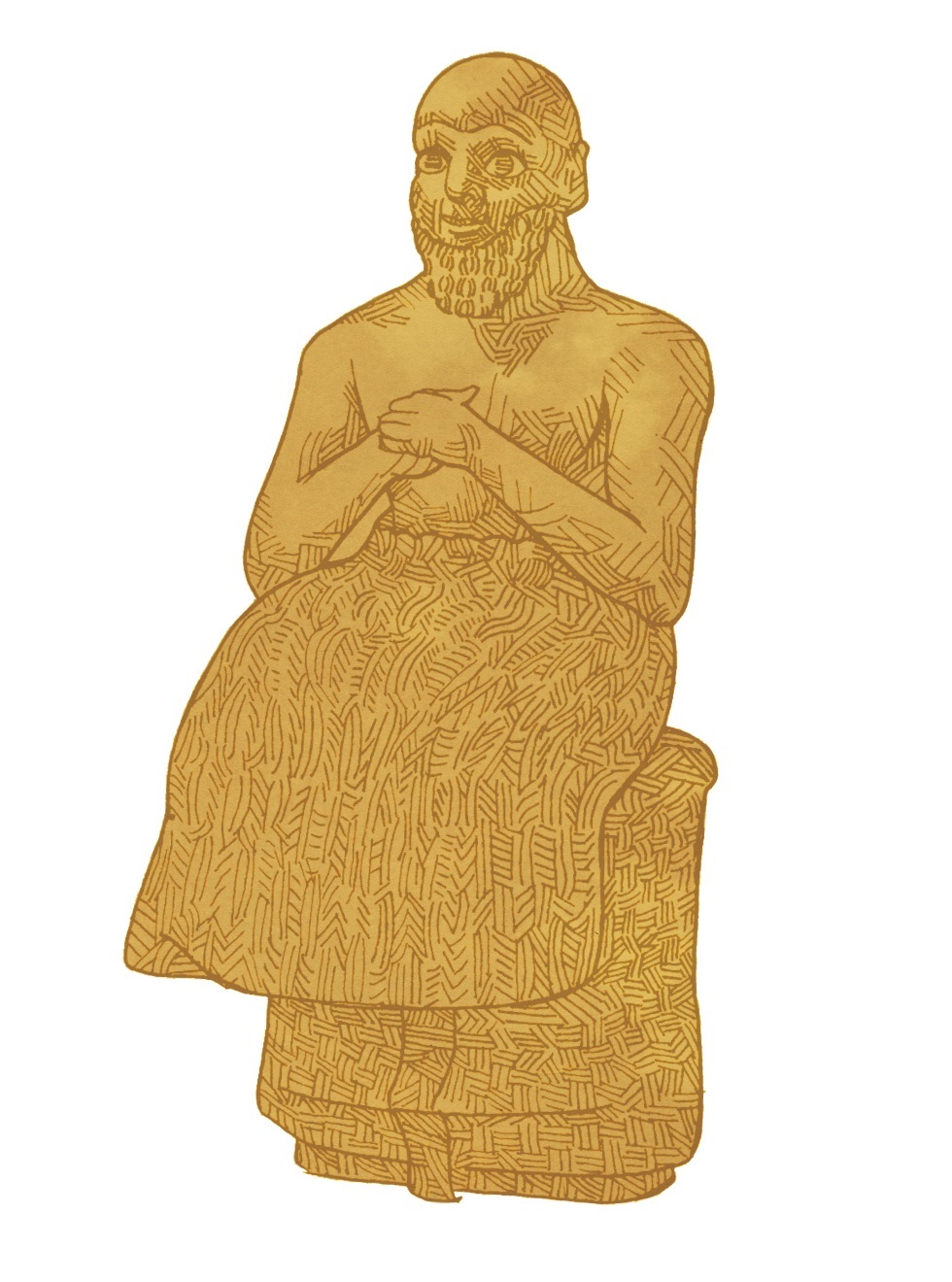“Great Among His Brothers,” But Who Is He? Heterogeneity in the Composition of Judah
DOI:
https://doi.org/10.5508/jhs.2000.v3.a4Abstract
To a large extent past scholarship has been absorbed with textual, source-critical, and redactional issues. Each of the major approaches surveyed attempts to deal with the formidable problems presented by the text. Inasmuch as an effort has been made to understand the genealogy historically, most of that effort has been expended on recovering the early history of Judah and its growth during the monarchy. Because genealogies are essentially histories of generations, it is only natural for scholars to want to plumb the depths of these records as one means to reconstruct the past. But whatever traditions may have been available to the authors, one should inquire further about what functions the genealogy may have fulfilled in the late Persian or early Hellenistic period, the time in which the authors wrote. Genealogies in the ancient Mediterranean world were caught up with fundamental issues of self-definition, identity, territory, and relationships. They were composed mainly to address claims about social status, kinship ties, and territorial affiliations and not to satisfy idle curiosities about the distant past. In most, albeit not all, cases lineages "establish and validate living relationships." Given that the postexilic Judah constructed by modern scholarship is not known for having a diverse social and ethnic makeup, pursuing the heterogeneity within the Judahite genealogy holds much promise.Downloads
Published
2001-12-31
How to Cite
Knoppers, G. N. (2001). “Great Among His Brothers,” But Who Is He? Heterogeneity in the Composition of Judah. The Journal of Hebrew Scriptures, 3. https://doi.org/10.5508/jhs.2000.v3.a4
Issue
Section
Articles

 Statue of Ebih-Il, drawing by Simeon Goa, © Journal of Hebrew Scriptures
Statue of Ebih-Il, drawing by Simeon Goa, © Journal of Hebrew Scriptures
